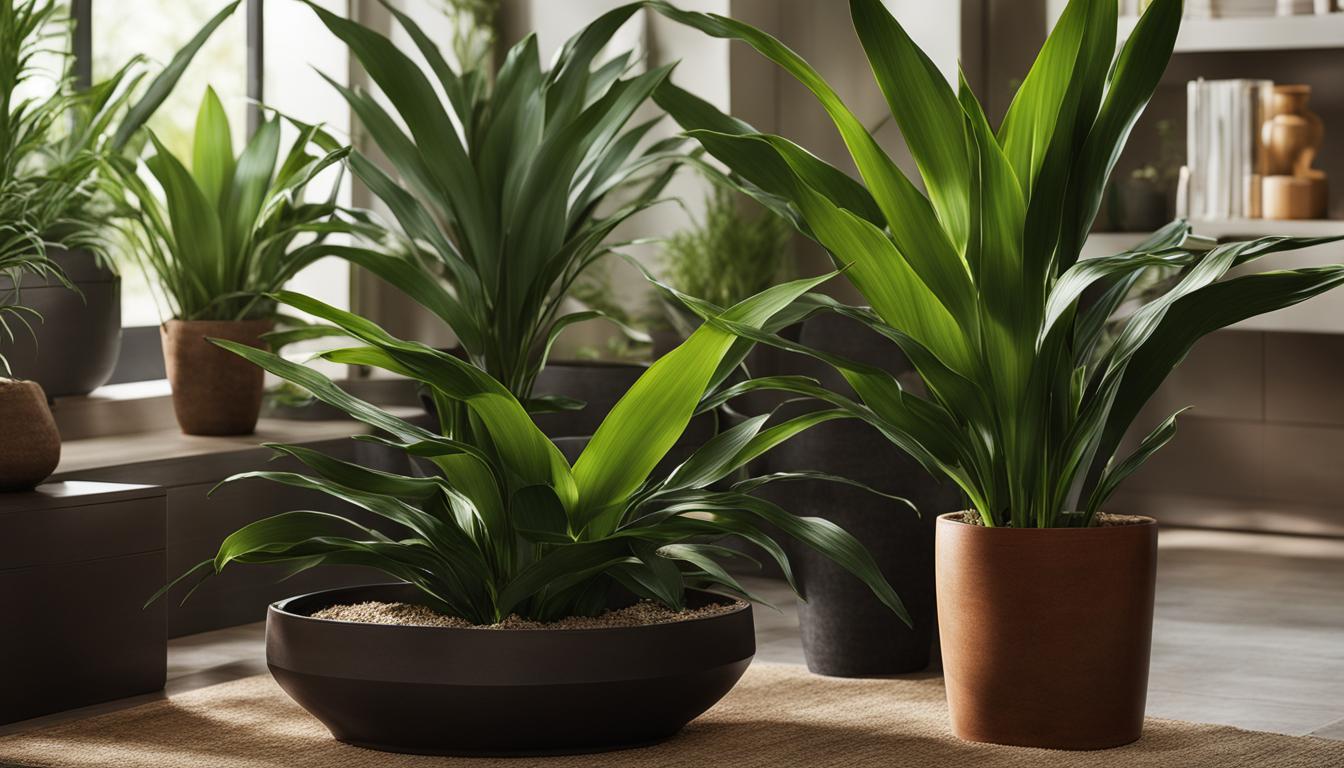
Welcome to my comprehensive guide on the Cast Iron Plant, also known as Aspidistra elatior. If you’re on the lookout for indoor plants that are hardy, low maintenance, and evergreen, then the Cast Iron Plant is the perfect choice for you.
Its lush green foliage and unique properties make it a popular option for indoor gardening enthusiasts.
Not only is the Cast Iron Plant known for its ability to thrive in shade, but it is also drought tolerant and air purifying.
Talk about a plant that can do it all! Whether you’re a seasoned plant parent or just starting your indoor plant collection, this guide will provide you with all the essential information you need to care for the Cast Iron Plant.
Keep reading to discover the lighting and watering requirements of this resilient plant, as well as its growth habits and maintenance tips. Soon, you’ll be well-equipped to keep your Cast Iron Plant healthy and thriving in your indoor space.
Lighting and Watering Requirements for the Cast Iron Plant
The Cast Iron Plant, also known as Aspidistra elatior, is a hardy houseplant that is valued for its ability to thrive in low light conditions.
When it comes to lighting requirements, this plant prefers medium to low light. It can tolerate bright indirect light, but direct sunlight should be avoided as it can result in leaf scorching.
When it comes to watering, the Cast Iron Plant has moderate water needs. It is important to allow the top two inches of soil to dry out before watering the plant.
Overwatering should be avoided as it can lead to root rot. During the winter months, the watering frequency may decrease, while in sunnier months, more frequent watering may be necessary.
To determine the moisture level of the soil, you can use a moisture meter. This tool can help you gauge when it’s time to water your Cast Iron Plant.
It is important to note that this plant is relatively tolerant of drought conditions, making it an excellent choice for those who may forget to water their plants regularly.
Lighting and Watering Requirements Table
| Lighting Requirements | Watering Requirements |
|---|---|
| Medium to low light | Allow top two inches of soil to dry before watering |
| Avoid direct sunlight | Overwatering can cause root rot |
| Tolerant of bright indirect light | Vary watering frequency based on season and sunlight levels |
| Use a moisture meter to determine soil moisture | |
| Tolerant of drought conditions |
By providing the Cast Iron Plant with the right lighting and watering conditions, you can ensure that it thrives in your indoor space. Its ability to tolerate low light and drought makes it a resilient and low-maintenance plant option.
Growth Habits and Maintenance of the Cast Iron Plant
When it comes to growth habits, the Cast Iron Plant is known for its slow but steady expansion. With average heights of up to two feet and widths ranging from two to three feet, this plant is perfect for adding a touch of greenery to any space.
Its growth rate is largely dependent on the amount of light it receives. To ensure optimal development, it’s important to provide the Cast Iron Plant with the appropriate lighting conditions.
In terms of maintenance, regular care is essential to keep your Cast Iron Plant healthy and thriving. Pruning is a crucial aspect of maintenance, as it helps remove dry or dead leaves throughout the year.
Major pruning should be done in the spring and summer months to promote new growth. Additionally, cleaning the leaves with a soft cloth helps maintain their glossy and vibrant appearance.
Repotting is another vital aspect of Cast Iron Plant maintenance. It is recommended to repot the plant every three to four years, as this allows for root rejuvenation and ensures sufficient space for growth.
When repotting, choose a pot that is slightly larger than the current one, using well-draining soil to prevent waterlogging.
If you wish to expand your collection of Cast Iron Plants or share the beauty of this resilient houseplant with others, propagation through division is an easy and effective method.
By carefully separating the plant into smaller clusters, each with its own set of roots, you can create new Cast Iron Plants that will flourish independently.
Propagation of Cast Iron Plants
This hardy houseplant has been a steadfast green companion in my home, and I’ve had my fair share of fun experimenting with different ways to multiply my little green friend.
So, let’s dive into the propagation methods I’ve tried. First up is division, which is honestly as straightforward as it sounds. When my cast iron plant gets a bit too big for its britches (or pot, to be more precise), I take it as a sign that it’s time to split it up.
I gently take the plant out of its pot and use my hands or a knife to separate the root clump into smaller sections, making sure each new section has a good amount of roots and leaves. It’s like giving your plant a little encouragement to go forth and conquer new pots.
Then, I pot these divisions up separately, and voilà, I’ve got new plants to share with friends or to green up more corners of my home.
Another method I’ve dabbled in is rooting the leaf cuttings. This feels a bit like a science experiment, and I love it. I snip a healthy leaf near the base, pop it into a jar of water, and wait for the magic to happen.
It takes patience and a good spot with indirect light, but eventually, roots start to emerge. When they’re a few inches long, I pot them in soil, and with a bit of TLC, they start to form a new, independent plant.
It’s a slower process compared to division, but there’s something super rewarding about watching those tiny roots reach out into the water. It’s like cheering on a tiny underdog in the plant world.
Whether you’re a seasoned plant parent or a newbie to the green scene, giving propagation a go with the cast iron plant is a rewarding experience. Plus, it’s a great way to get more plants for free, and who doesn’t love a plant-based freebie?
FAQ
What lighting conditions does the Cast Iron Plant thrive in?
The Cast Iron Plant thrives in medium to low light conditions. It can tolerate bright indirect light, but direct sunlight should be avoided as it may cause leaf scorching.
How often should I water the Cast Iron Plant?
Wait for the top two inches of soil to dry before watering the Cast Iron Plant. Overwatering should be avoided as it can lead to root rot. During winter months, the watering schedule may be less frequent, while sunnier months may require more frequent watering. You can use a moisture meter to determine the moisture level of the soil.
How fast does the Cast Iron Plant grow?
The Cast Iron Plant is a relatively slow grower, with average heights of up to two feet and widths of two to three feet. Its growth depends on the amount of light it receives.
How often should I fertilize the Cast Iron Plant?
Regular fertilization once or twice a month during the spring and summer months is recommended for the Cast Iron Plant. Occasional foliar feeding can also be beneficial.
How should I maintain the Cast Iron Plant?
Regular pruning is essential to maintain a healthy Cast Iron Plant. Remove dry or dead leaves throughout the year, with major pruning done in the spring and summer. Cleaning the leaves with a soft cloth and repotting the plant every three to four years will also contribute to its overall health.
How can I propagate the Cast Iron Plant?
Propagation of the Cast Iron Plant is easily done through division. Detailed instructions can be found in the guide.

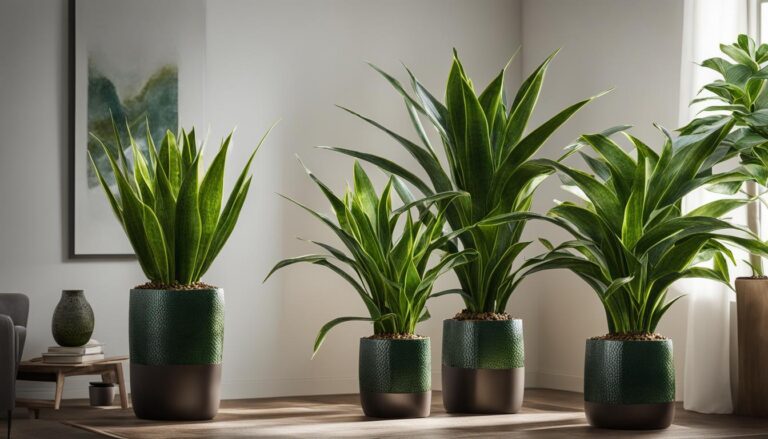
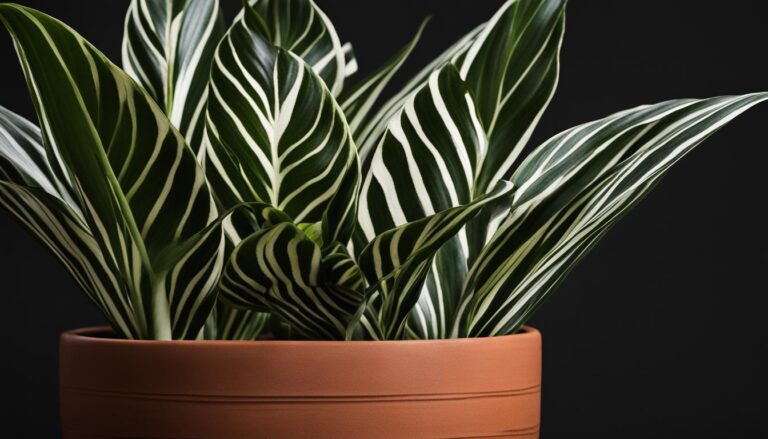
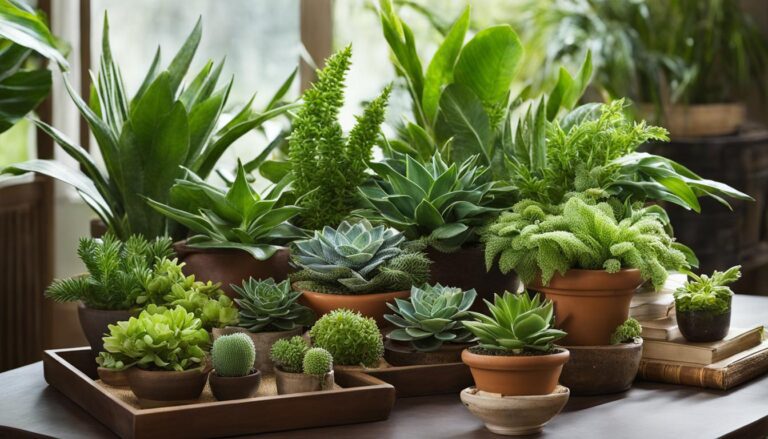
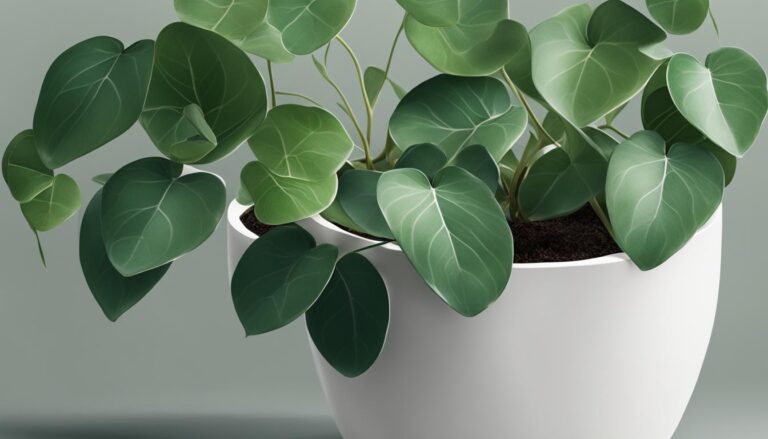
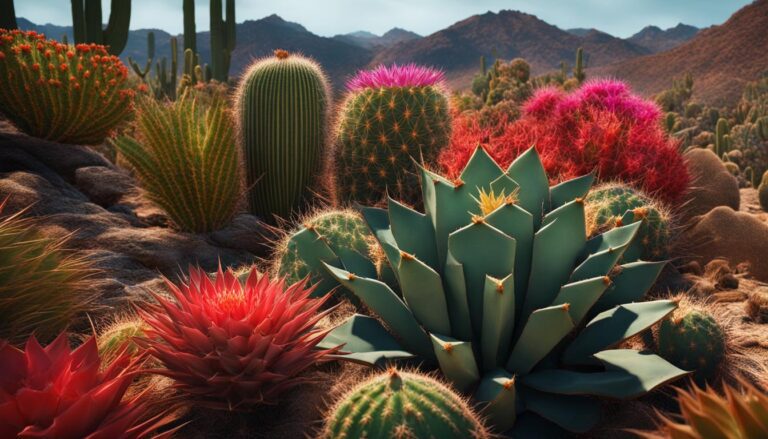
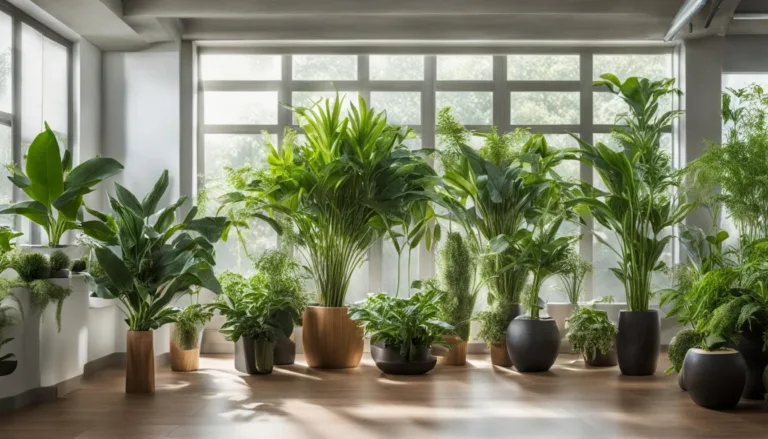
One Comment
Comments are closed.